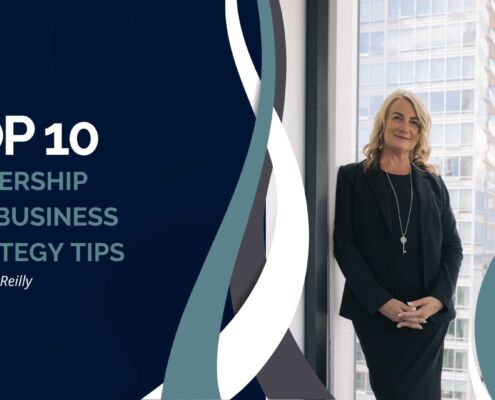Posts

Top 10 Leadership and Business Strategy Tips
Here are my top 10 leadership and business strategy tips that…

Five Strategies to Help Break Free From Imposter Syndrome
Imposter syndrome is a common experience many people face at…

YEAR END BUDGETING 2022
2022 in Review
As the year approaches a wrap, it's time to highlight…

FIVE CORE LEADERSHIP TACTICS
There are five leadership tactics that I follow that help me…

HOW CAN 'DEEP WORK' GET YOU BACK TO DOING AN EXTRAORDINARY JOB?
Do you want to do your job or do an extraordinary job?
There…

